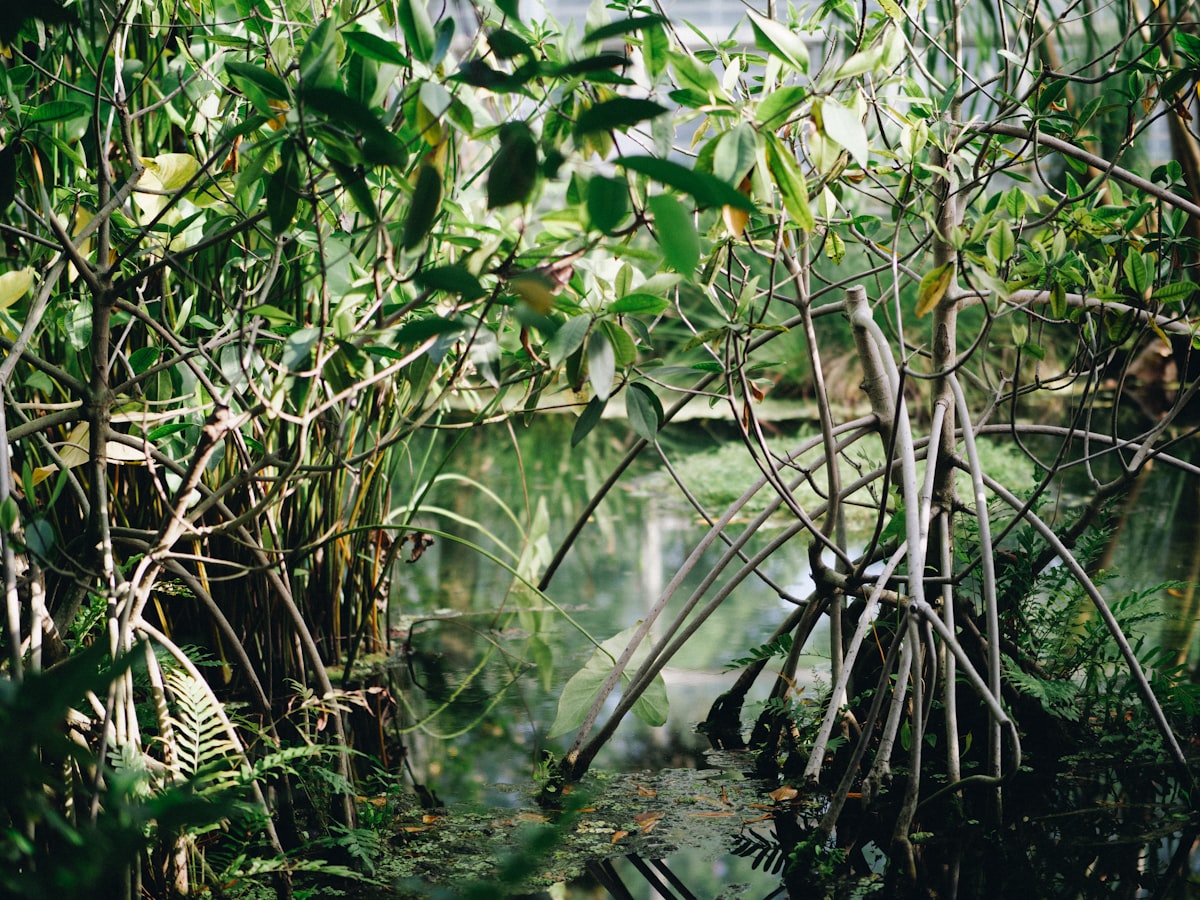Scientists discover an ancient mangrove and a millenary beach in the heart of Tabasco's Eden
The sea level was much higher than it is now and it is likely that, due to the current global warming, similar situations will return.

Moving along the peaceful San Pedro Mártir River, in Tabasco, near the border with Guatemala. An undulating mirror that gives us this view and introduces us to a fascinating story. Here, Mexican scientists documented a unique biological fact. In the margin of the river, among the remains of the exuberant Pukté jungle, a mangrove was encapsulated in time and we can appreciate its elongated and deep structures.
To understand it better it is necessary to open the mind and imagine. The presence of these plants is testimony that there was once a beach here. It existed more than a hundred thousand years ago when the sea was ten meters above the current level. Due to an interglacial period, the temperature of the planet rose four to six degrees and the poles melted.
The sea melted and filled all this with water, there were water territories, but unlike now, there were no humans, there were no resorts. Imagine this happening again, we would lose territories to cultivate, territories to live, territories to have fun, that would cause chaos on the planet", Carlos Manuel Burelo Ramos, a researcher at the Universidad Juárez Autónoma de Tabasco.
Here, even though the coast today is more than a hundred kilometers away, a red mangrove persists. The experts compiled a series of evidence of these findings and undertook a detective investigation. The mangroves continue to resist, there they are hidden, they and their 102 other species that remained at that moment in time, trapped.
With each new element, with each finding, the reality of this ecosystem, which today is a true biological jewel for Tabasco and our country, was revealed before the eyes of the researchers", Rafael Guadarrama, reporter All this confirms what has been said for decades about Tabasco. This river is proof of a relict of what Tabasco's Eden once was.
How did this begin? Dr. Carlos Burelo, a biologist by training, is a native of Balancán, Tabasco, the area where the heart of this story beats. During his university studies, when he learned more about botany, it seemed inconceivable to him that in this river, which Tabasco and Guatemala share, there would be mangroves. It seemed even stranger to him that there were few answers and fewer curious people. It used to be accepted, for example, that it had been introduced by accident and that luckily it adapted.
The researcher from the Universidad Juárez Autónoma de Tabasco searched for years for collaborators to understand the phenomenon. It was until 2016 that he caught the attention of Mexican scientists settled in the United States, such as Exequiel Ezcurra and later Octavio Aburto. They were the starting point for several studies, including genetic ones. Studying the plant in this detail showed them that it is a unique mangrove.
"We found that this mangrove has an affinity with the mangroves of the coast, specifically with the mangroves of Laguna de Términos, in Campeche, and that 125,000 years ago, according to molecular analysis, these two populations separated".




